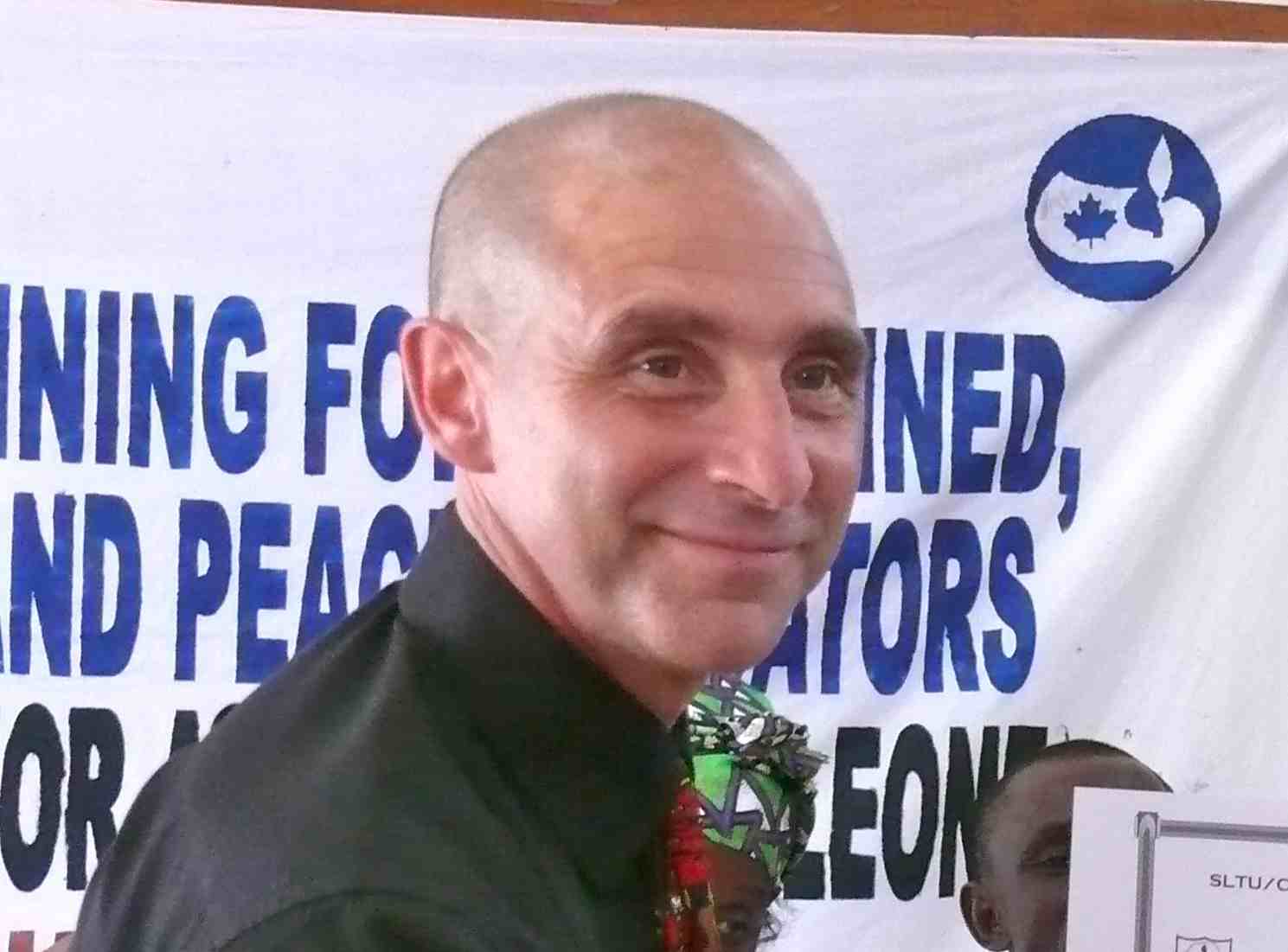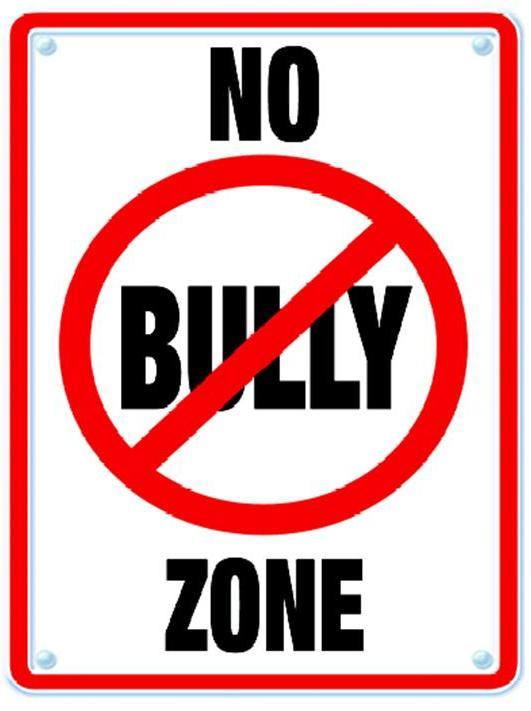“If it is worth doing, it is worth celebrating”. That component is a significant part of every classroom agreement that I am a part of. As my classroom community evolves it becomes a priority that best effort is all that can be asked of the students and the teacher. As such, we do not celebrate grades, we celebrate best effort. Each and every child in the room knows and understands that as long as they are working as hard as they can, the result is always worth celebrating.
That belief began to evolve in my teaching about twenty years ago when I first began to understand the role of diagnostic assessment and how important it is to start where my students are and not be driven by grade expectations. I can best sum it up by saying, it is the juncture in my career where I began to teach children and not deliver curriculae. My students (and classroom) began to lose the competitive edge and shifted toward a cooperative learning environment with a focus on helping everyone be successful. A significant aspect to that change was the need to redesign what celebrations looked like.
C– classroom community social events (Thanksgiving lunch, special days)
E– everyone gets to share their work in a public forum
L – lots of trips to connect learning to real life scenarios
E– extra high fives, fist pumps, sunshine calls home, notes and oral praise
B – board filled with weekly awards
R– regular positive visits from principal, parents and other staff
A – always asking for input from classroom advisors on new ways to celebrate
T – teacher models and then a gradual release of responsibility
E– every effort big or small is worth celebrating
How do you celebrate the efforts of your students? I encourage you to post your ideas for others to read.




